You tie them up to shear them?
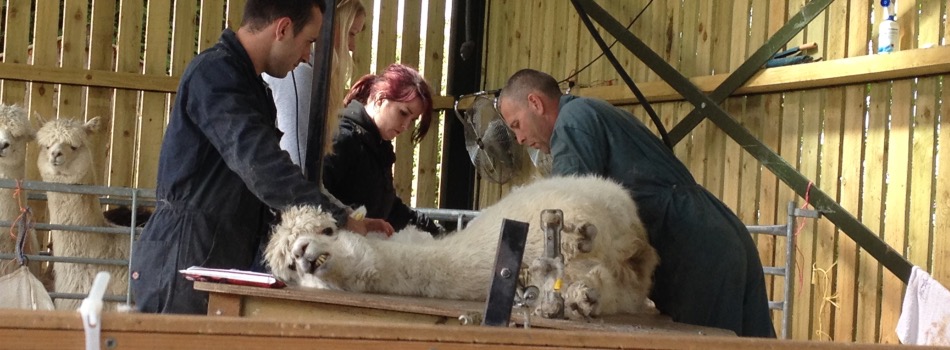
Oh, yes, you lie them on a table or on the floor, tether their legs, then the handler supports the head whislt the shearer shears one side , then turns the alpaca and shears the other. Normally at shearing the shearer will also cut the toe nails, Sort out any overgrowth in teeth, trim the fighting teeth of the males and they will also do your annual vaccination and wormers at an extra cost.
Be advised it your shearer will not address the fighting teeth in the males over three years of age- get another shearer !
At TOFT we prefere the table as the floor gets further adn further away each year and it makes it twice as hard to skirt, sort, grade adn manage the fleece when you are picking it up off the deck.
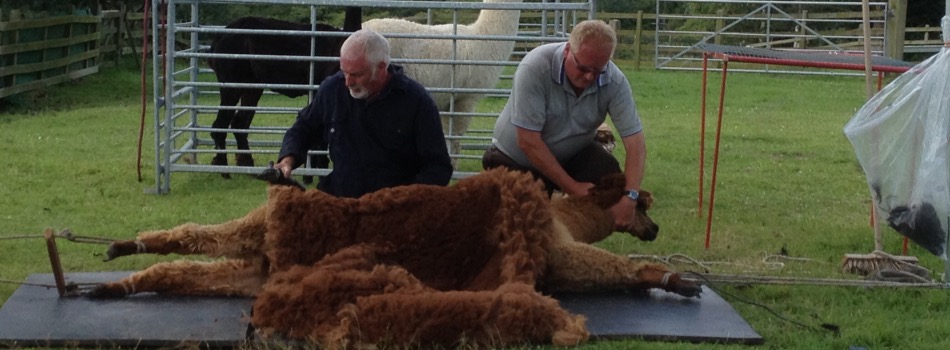
Sheep shearers adapt easily to alpacas once the size of the animal and the dry volumes of fibre are taken into account. The best way to shear them is to tip them onto their side and secure the legs to fixed harness points , thus gently stretching the animal to gain access to the fleece. Another person supports the neck of the animal to avoid it self inflicting any damage if it resists. The animal is then sheared one side turned over and the shearing repeated on the opposite side. This can be done on a table or on the floor. This takes about 6 minutes. It can be done in 3 but we stick at six so we can skirt s, sort adn grade each fleece as it comes off the alpaca and of course we shear heavily pregnant alpacas right up to their due dates.
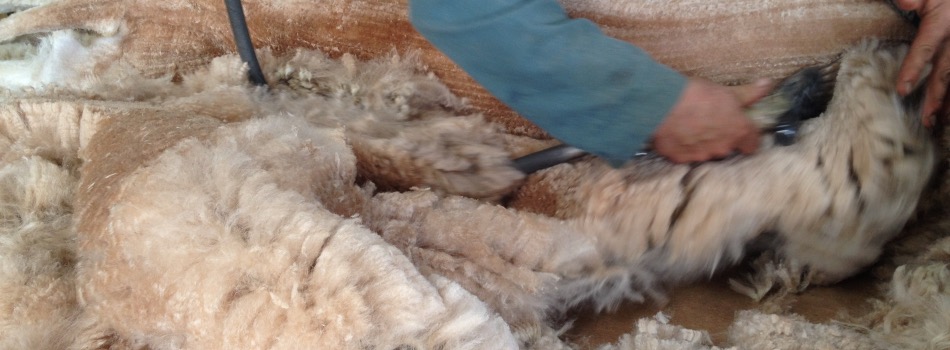
Alpacas are normally sheared once a year, preferably early summer. At TOFT we normally shear our herd of 150-200 alpacas over three days in the second week of May.
Shearing is quite labour intensive. The shearer usually brings his own assistant who works with the animals. We will have a person on the shearing table doing the first sort of the fleece making sure the 'rubbish' coarse lowere leg fibre, britch etc goes into the coarse fibre bins at both ends of the table.
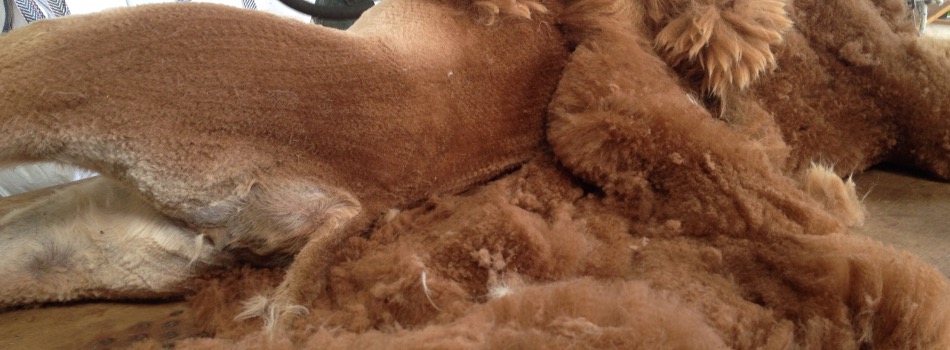
This person will also be responsible for takng the shorn fleece from the shearing table and throwing it with the 'flick' onto the sorting table.
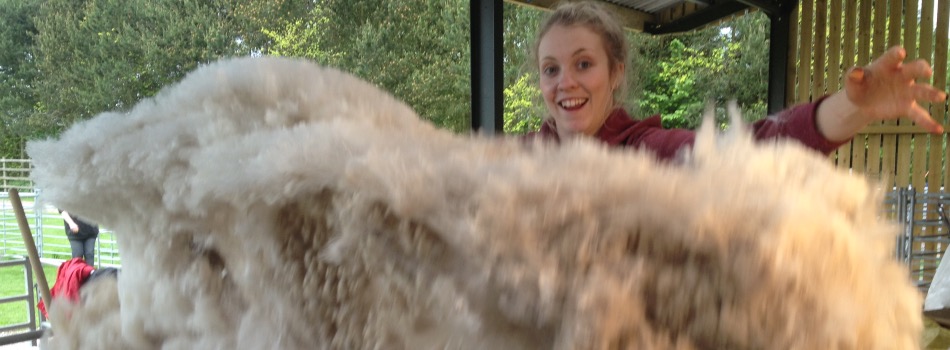
Once on the sorting table there are at least two of us, skirting and sorting the fleece either for showing or production. Normally two people will skirt the fleece and then bag it.
alpaca. 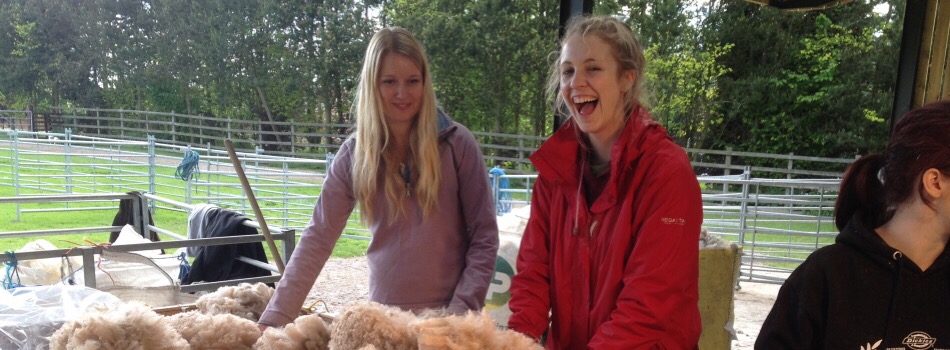
At TOFT we skirt and sort the fleece for showing and also grade it for processing. Kerry will then second sort the fleeces into their particualr batches before they go off to the mill for processing. All this happens whilst the shearer is on with the next alpaca.
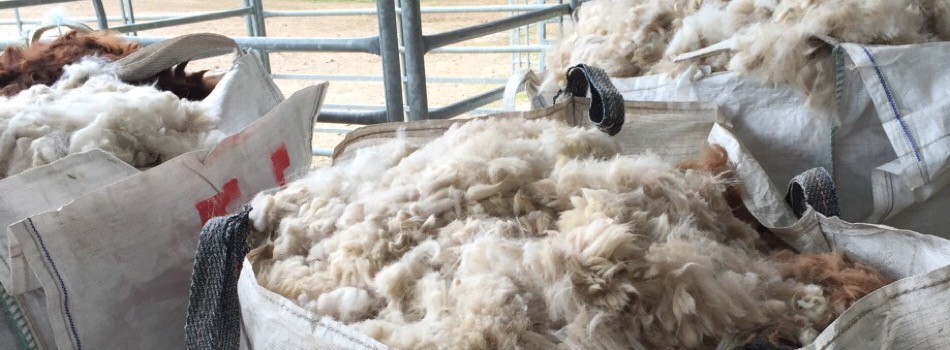
Be Advised:- Every prospective alpaca breeder needs to become knowledgeable about alpaca fleece if they want to gain the maximum return from their alpacas. You need to learn to skirt, sort and grade the fleece. You need to know how to prepare it in such a way that you can get the best out it if you are processing adn how to preapre it for prospective purchasers who will want to buy it. Alpaca is not sheep wool. An Alpacas Fleece is its primary product. Alpaca fleece is a luxury fibre and you need to learn the simple science that surrounds it to gain maximum value from your production.
At TOFT we offer a limited number of Fleece & FIbre Workshops on demand in the close season for breeders. I If you are interested in learning more then please get in touch, trust me, it will be worth it. .
See TOFT Fibre Workshops for details
Be Advised:- It pays to put some thught into shearing and have it well organised. Keep your shearer happy and he will look after you year on year. It also pays to keep plenty of tea and cake flowing through the shed alongside the alpacas to keep everyone happy in what can be a long and exhausting day..
Request:- Alpaca shearers are in short supply so if you are a sheep shearer who wants to convert please get in touch and we will offer you all the advice and encouragement you can handle.